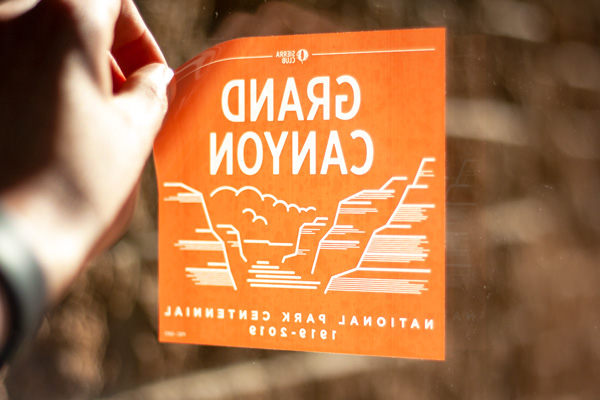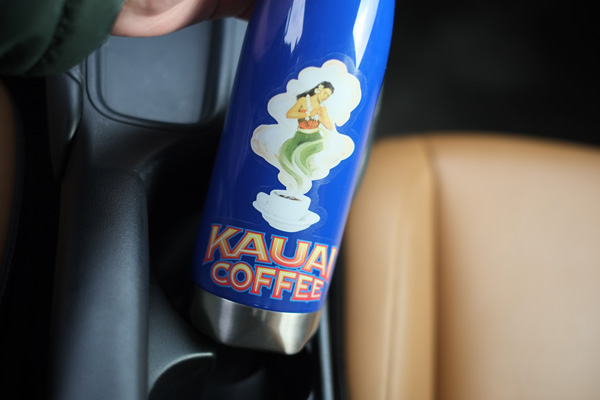Clear stickers are a versatile and stylish way to showcase your brand, add a professional touch to your products, or create a unique custom look. Unlike traditional white stickers, clear stickers blend seamlessly into surfaces, making designs appear as if they are printed directly onto an item. In this guide, we’ll explore the best uses for clear stickers, when they outperform white stickers, design considerations, and key printing options.
Where and How to Use Clear Stickers
Clear stickers are perfect for a wide range of applications, from branding and marketing to personal projects. Some popular uses include:
- Product Packaging: Give your labels a sleek, no-label look on glass, plastic, or metal packaging.
- Window Stickers: Use clear stickers for storefront signage, promotional window decals, or glass branding.
- Laptop and Tech Branding: A clean, professional sticker that doesn’t distract from the design of the device.
- Car Decals: Weatherproof and durable, clear stickers are perfect for vehicle branding and custom car decals.
- Event and Promotional Stickers: Create elegant designs for weddings, corporate events, or giveaways that stand out without a bulky white background.
When Clear Stickers Are Better Than White Stickers
Clear stickers offer unique advantages over traditional white stickers in specific scenarios:
- Minimalist Aesthetic: If you want a design that looks integrated rather than pasted on, clear stickers provide a seamless, professional appearance.
- Glass and Transparent Surfaces: Ideal for windows, bottles, and clear packaging where a white sticker would look out of place.
- Subtle Branding: Clear stickers let the product or background shine while still displaying your design.
- Layering Effects: Use them to create multi-layered visual effects by printing different elements at varying opacities.
However, if your design includes intricate details, small text, or light colors, a white backing may be necessary to maintain clarity and visibility.
Designing Clear Stickers: Key Considerations
Creating an effective clear sticker requires thoughtful design choices. Here are some essential design tips:
- Use Bold, High-Contrast Colors: Lighter colors can become difficult to see without a white underlayer.
- Simplify Your Design: Avoid overly intricate details that may be lost against different background colors.
- Plan for Transparency: Consider how the sticker will look against different surfaces to ensure your design remains legible.
- White Ink Underlay: To maintain opacity and prevent designs from looking washed out, apply a white ink base beneath colored areas.
White Ink Placement: Ensuring a Vibrant Print
Unlike white stickers, where the background is naturally solid, clear stickers require the strategic use of white ink to maintain visibility. You can choose from different white ink options depending on the desired effect:
- Full White Backing: Ensures maximum opacity, making the design pop with solid colors.
- Spot White Areas: Only certain parts of the design have a white underlay, allowing selective transparency.
- No White Ink: Creates a completely transparent effect, though colors may appear more muted.
Reverse Printed vs. Regular Printed Stickers
Clear stickers can be printed in two primary ways:
- Regular Printed (Front-Facing): The design is printed on the front of the sticker with adhesive on the back, making it ideal for application on solid surfaces like packaging or products.
- Reverse Printed (Front Adhesive): The design is printed in reverse with the adhesive on top, allowing it to be applied inside a window or glass surface while remaining visible from the outside.
Choosing the right option depends on how and where you plan to use your stickers. For storefronts, reverse-printed stickers prevent wear and tear while maintaining visibility.
What’s the difference between Clear Stickers and Static Stickers?
While clear stickers and static clings may look similar, they serve different purposes and function in distinct ways:
- Clear Stickers: Have an adhesive backing that permanently bonds to surfaces, making them durable and long-lasting. They are ideal for branding, product labeling, and outdoor use.
- Static Clings: Use static electricity to adhere to smooth surfaces like glass and plastic without any adhesive. They are repositionable and reusable but may not be as durable as clear stickers, especially in outdoor environments.
If you need a temporary, removable solution, static clings are a great choice. However, for long-term use, clear stickers offer superior durability and adhesion.

Durability and Application Tips
To maximize the lifespan and effectiveness of your clear stickers, follow these best practices:
- Clean the Surface: Dust, oil, and debris can weaken adhesion, so always apply stickers to a clean, dry surface.
- Use a Squeegee or Card: Smooth out air bubbles for a professional, bubble-free application.
- Choose UV-Resistant and Waterproof Materials: If used outdoors or on items like water bottles, ensure your clear stickers are made from durable, weatherproof materials.
Final Thoughts
Clear stickers are a fantastic choice for businesses, creators, and individuals looking to add a sleek and professional touch to their branding and designs. Whether you’re using them for product labels, window decals, or promotional materials, understanding the nuances of clear sticker printing and design will help you achieve the best results.
Looking for high-quality custom clear stickers? Contact us today to get started on your next project!


